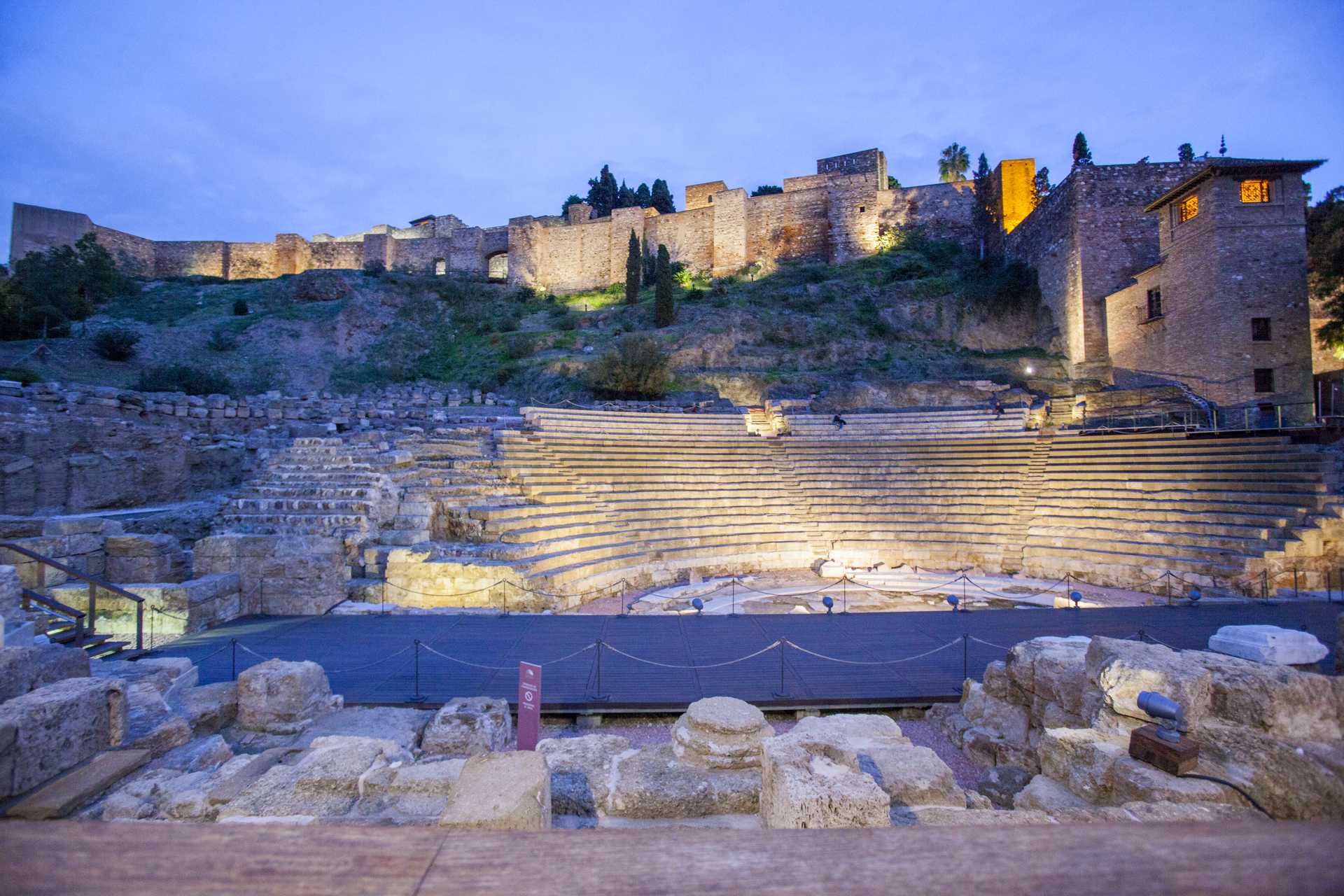
History
Prehistory and Ancient History
The revolution of the Neolithic Ages, the discovery of agriculture, the move from nomadic to sedentary lifestyles, all came to Europe from Africa via what is now known as Andalusia.
This axis of influence was completed with the movement from East to West, from the Mediterranean world into the Atlantic, starting with the revolution of metalwork and the arrival by sea of colonising peoples from the East. This convergence of fertile land, metallurgy and mining would produce the Tartessian phenomenon. This mysterious, long-disappeared civilisation inhabited the south of the Iberian Peninsula from the Bronze Age and constituted Western Europe’s first monarchy. Rome took an interest in this region, realising that it was an open door to the threat from Carthage. Its legions appeared here for the first time in the 3rd century BC.
The exuberant province, Roman Betis, would form part of this great civilised world for seven centuries, providing the empire with metals, wine, olive oil, wheat, philosophers and the two first Roman emperors born outside the Italian Peninsula: Trajan and Hadrian. Other peoples were to appear from the North. From the far bank of the Rhine, the Vandals made their way down and arrived in the year 411. They settled in the Guadalquivir Valley and in north Africa, uniting the coasts of southern Europe and northern Africa for fifty years. Before they were forced out by the Visigoths, they would give a new name to this southern end of Europe: Vandalusia.
Islam
From its arrival in the year 711, Islam would constitute a prodigious period for this part of the world. For a long period of time the Cordoba Caliphate was the most sophisticated state in Europe. For eight centuries, the Moors brought new agricultural techniques, botanical and scientific knowledge, poetry and intellectual development.
The Christian monarchs in northern Spain took advantage of its political decay, accelerating the Re-conquest. Cordoba fell in 1236, followed by Seville in 1248. The Kingdom of Granada was the last bastion, conquered by the Catholic Monarchs in 1492. That same year, Columbus set sail from an Andalusian port, Palos in Huelva province, to discover America. The economic and political centre of gravity in the world now shifted.
19th century
The history of Andalusia in more recent times is linked with a convulsive 19th century, which began with the War of Independence and the passing of the first Spanish Constitution at the Court of Cadiz in 1812. Attempts at modernisation and industrialisation, massive exploitation of mining resources, spectacular increases in exports of wine and olive oil are the most noteworthy factors in an economic situation which resisted change and remained anchored in agriculture.
The 20th century
The 20th century opened with ideas of regeneration and was soon imbued with the optimism of the 1920s. Nevertheless, persistent social instability came to a head in the Civil War of 1936 and all its consequences. After the rapid economic and social transformation of the 1960s and 70s, democracy was established and Andalusia was constituted as an Autonomous Region in 1981, with the "Junta” (Regional Government) as its main governing body and its parliament the supreme representative instrument for a population now standing at around eight million.





